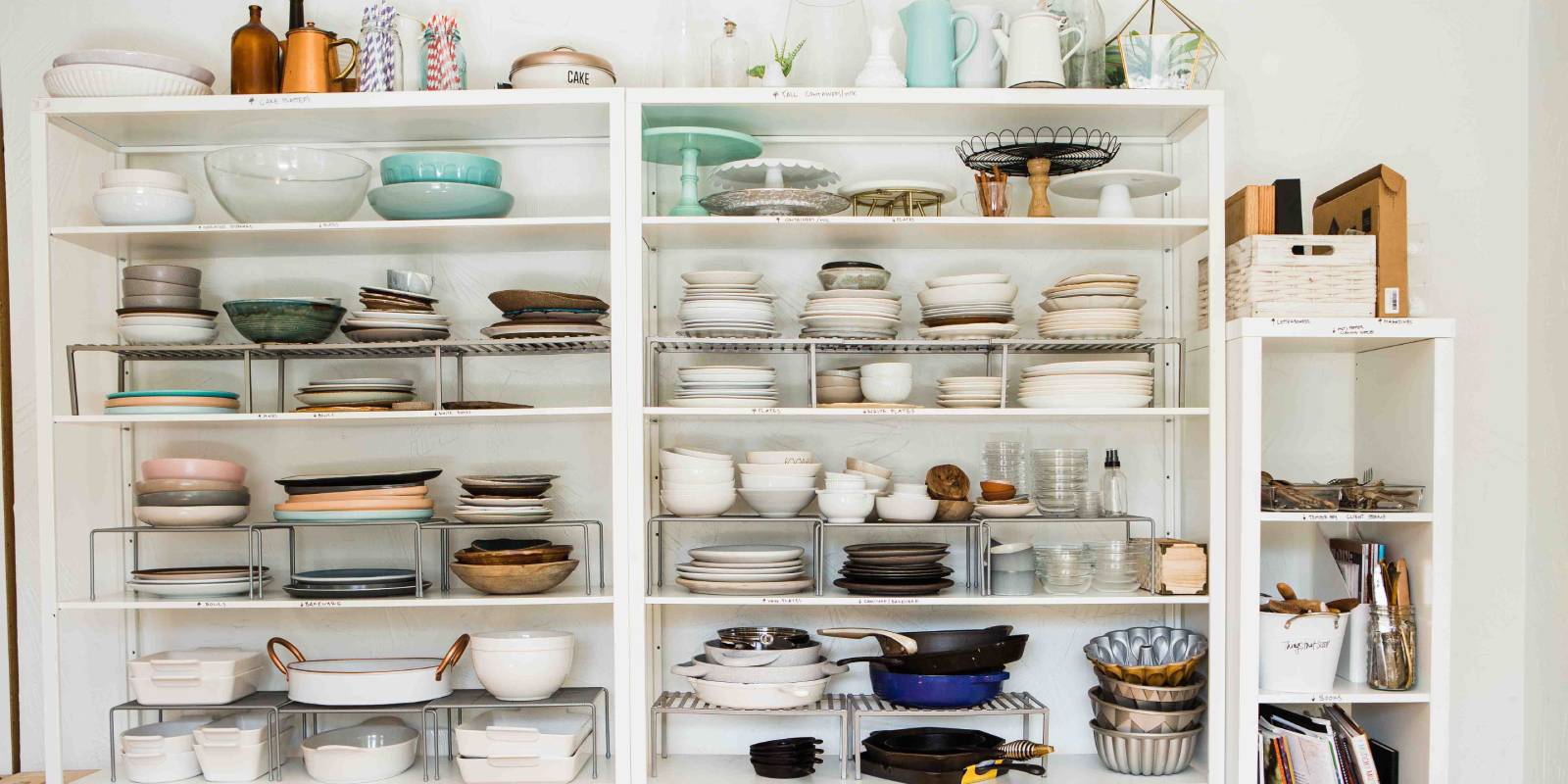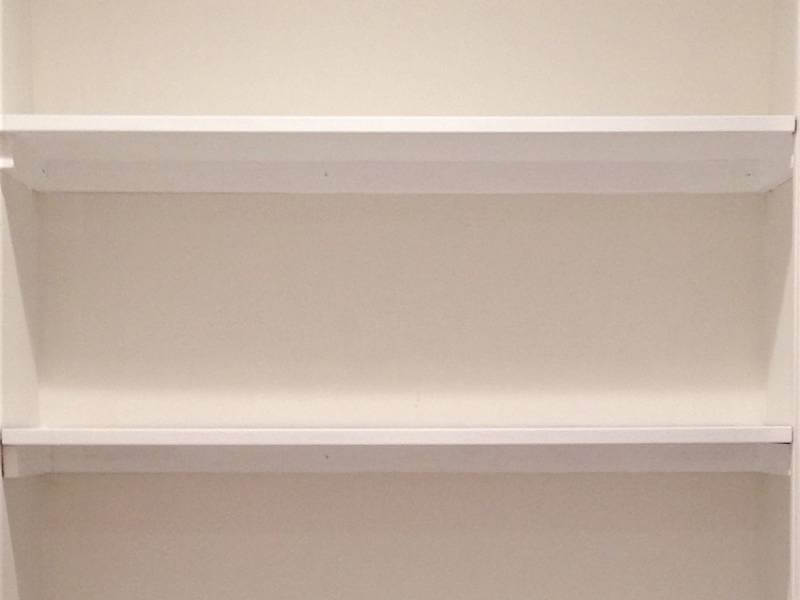The first principle of organizing is not deciding how to store your belongings—it’s deciding whether or not you need all your belongings to start with. First, decide if you really like it or need it, and then part with it if necessary. Once the stuff you don’t need is gone, organize what’s left. Your summer will be a lot easier if you have less to put away.
Tackle Piles of Paper
Create four piles: Recycle, Shred, File, and Urgent.Sort through any stacks you’ve accumulated around the house, and arrange or store as needed. Place important bills in an undeniable spot, with the goal that you won’t disregard them.
Smooth out Your Digital Storage
Taking 30 minutes to clean up your home PC will streamline your everyday more than you’d might suspect, and the association procedure is straightforward: Either document or erase. You likely have various arbitrary things spared to your work area (screen captures, old transportation names, tickets) that can be destroyed, and when you minister envelopes in clear manners (Kids, Home, Work), you’ll generally realize where to search for significant records.
Fix Your Fridge and Freezer
In case you don’t know what’s hiding at the rear of your cooler (like lapsed fixing bottles and questionable bundles of soy sauce), it’s an ideal opportunity to address your ice chest and cooler compartments. Initially, toss out the undeniable stuff (whatever’s lapsed or mildew covered) and consider throwing half-utilized containers of food that are in fact still great, yet that you have no plans of cooking with once more. In your cooler, junk any cooler consumed food or things put away for a stormy day—in the event that you haven’t had any desire to eat it by this point, it’s simply occupying significant room.
Sort out Your Closet
Seriously investigate your storage room. A decent storage room cleanse is one that numerous property holders maintain a strategic distance from, yet the system is shockingly straightforward: If you haven’t worn it in a year—since it doesn’t fit, shows extreme mileage, or you simply don’t care for it that a lot to begin with—you have to either toss it out or part with it. Tackle dress first, trailed by shoes and embellishments. Try not to haul everything out of your storeroom and dump it on your bed to sort; that progression can make the venture overpowering, and may make you surrender too early. Simply haul things out that you realize you don’t need; you’ll be amazed at how rapidly your storage room increases some breathing room.
Give Away Items Your Kids Have Outgrown
Children’s spaces frequently contain a huge number of modest knickknacks (hi, cheap food toys)— things that children play with for a couple of moments and dispose of. As opposed to handling the entire room, plan a speedy, easy decision clean up: Get a cardboard gift box prepared, go into your youngster’s room or den, and pull out five to 10 things that you realize they don’t play with or don’t care for. You can even make it a game with more established children, requesting that they assist you with picking the things to offer away to youngster out of luck. In the blink of an eye by any stretch of the imagination, your children’s space will unexpectedly appear to be somewhat more smoothed out.
Check Under Your Sinks
Set a clock for 15 minutes, and give that chance to your under-sink zones. There might be various things sneaking there—void bathroom tissue moves, old cosmetics, cleaning bottles with a quarter-inch of arrangement left in them—that you can throw without another idea, in a split second opening up a huge amount of space.
Don’t Forget About Your Outdoor Space
Stroll around the outside of your home and check whether you can spot whatever simply shouldn’t be there—like a messed up hose, a feeble (and unusable) stepping stool, or a heap of plastic plant compartments. Pack littler things, and convey the rest directly to the check. You don’t have settle on important choices about bigger things, similar to old barbecues or rusting porch furniture—this isn’t the chance to totally re-try your yard—yet your yard will in a flash vibe cleaner without each one of those littler bits of garbage jumbling your line of vision.
Marianne is Nixplay’s Web Content Editor. Her hobbies include exploring new places, playing table tennis, and cuddling puppies. Send her a message at marianne.salazar@nixplay.com.






